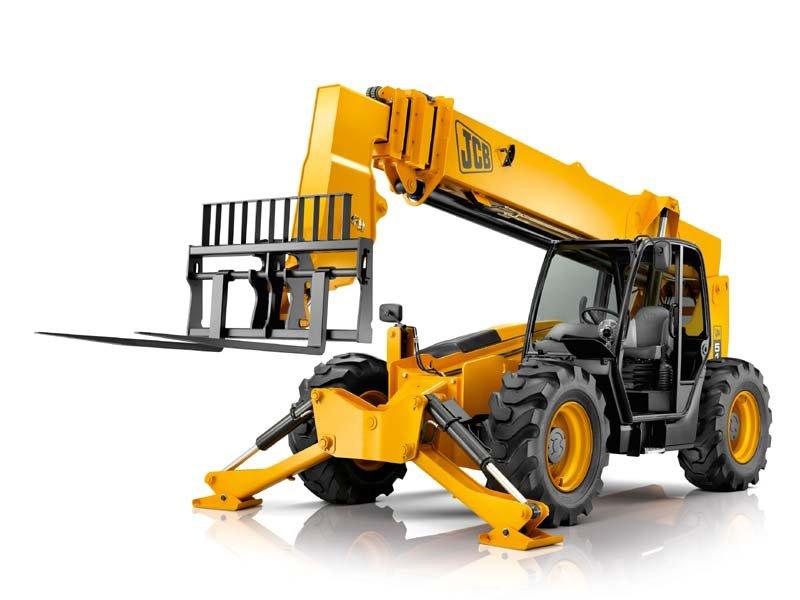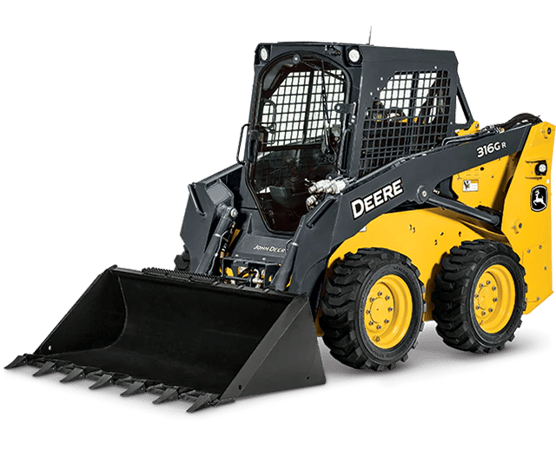Aerial Lift Rental: Versatile Lifting Solutions for High-Access Jobs
Aerial Lift Rental: Versatile Lifting Solutions for High-Access Jobs
Blog Article
Optimize Your Budget Plan by Comprehending the Costs Related To Building And Construction Devices Rentals
Comprehending the full range of expenses connected with construction equipment leasings is critical for optimizing your spending plan. What strategies can be utilized to efficiently manage these costs and ensure a much more reliable rental experience?
Introduction of Rental Prices
When thinking about construction equipment leasings, recognizing the linked expenses is critical for effective budgeting and project preparation. Rental expenses can differ considerably based upon several factors, including equipment kind, duration of service, and area. The initial rental charge usually shows the tools's market need and its linked operational capacities, influencing the total expenditure.
In enhancement to the base rental rate, secondary prices may emerge, such as transport fees, fuel surcharges, and maintenance charges. It is essential to represent these extra costs to precisely analyze the complete cost of renting out equipment. Additionally, the rental duration can influence rates; longer rentals might get approved for reduced prices, while short-term services might incur greater day-to-day fees.

Breakdown of Rental Prices
A detailed understanding of rental rates is important for contractors and project managers aiming to enhance their spending plans. Rental rates for building and construction equipment usually contain several components, including base prices, time-based charges, and usage charges.
Base prices are the core fees connected with the leasing of the equipment, frequently determined by the kind and dimension of the machinery. These rates can differ considerably, influenced by factors such as tools need, availability, and regional market fads. Time-based costs, which might be daily, weekly, or monthly, offer to fit different task timelines and rental periods.
Furthermore, rental prices may include usage charges, which are relevant when tools is utilized beyond a defined threshold, making sure that the rental company can represent deterioration. Seasonal need fluctuations can likewise impact rental rates, with peak construction seasons commonly regulating greater costs.
Additionally, understanding the rental firm's plans pertaining to maintenance and insurance coverage can supply more understanding into the overall price framework. By evaluating these components, professionals can make educated decisions, guaranteeing the selection of rental devices aligns with both project demands and budget plan restrictions.
Extra Costs to Take Into Consideration
Recognizing the complexities of extra fees is essential for specialists to manage their general service expenditures properly. Past the basic rental rates, different additional charges can significantly impact the overall expense of tools service. These see it here charges frequently consist of delivery and pick-up fees, which can differ based upon distance and logistics involved in transferring the devices to and from the job website.
In addition, some rental companies may impose gas additional charges if the devices is returned with much less fuel than when leased. It is also vital to know prospective cleaning fees, specifically for customized equipment that needs comprehensive maintenance after use.

Extensively examining the rental agreement and making clear these added fees ahead of time can assist service providers stay clear of unanticipated expenses and make sure that budgets continue to be intact throughout the project lifecycle.
Repair And Maintenance Expenditures
Normal upkeep and repair costs are usually overlooked factors that can significantly affect the general cost of building devices leasings. When renting out tools, it is vital to consider not just the rental fees Look At This however additionally the potential expenses connected with maintaining the equipment in ideal operating condition.
Many rental firms include basic upkeep as part of the rental contract; nevertheless, much more unexpected break downs or comprehensive repair services can result in extra expenses. It's necessary to assess the rental agreement very carefully to comprehend what upkeep services are covered and what duties fall on the renter.
Furthermore, equipment that is not well-maintained can bring about inefficiencies on duty website, potentially creating hold-ups and increasing job costs. To reduce these threats, it is recommended to conduct normal assessments and maintain open communication with the rental supplier regarding any type of concerns that develop throughout use.
Insurance Coverage and Liability Expenses
Insurance policy and responsibility costs are vital parts that can considerably influence the general expenditure of building and construction equipment services (heavy equipment rental). These expenses make sure that both the rental business and the client are protected from potential financial losses arising from mishaps, damage, or burglary during the rental duration

Additionally, clients ought to understand any deductibles or exclusions in the insurance plan, as these can influence potential out-of-pocket expenses. Recognizing the conditions of any type of insurance protection is important to avoid unforeseen costs. Ultimately, budgeting for insurance coverage and responsibility costs can aid ensure a smoother rental experience and protect against economic threats connected with building and construction projects.
Conclusion
In conclusion, a comprehensive understanding of the costs associated with building equipment services is necessary for effective spending plan administration. Inevitably, notified decision-making concerning devices rentals contributes to the total success of building ventures.
Rental costs can vary dramatically based on several variables, including tools type, duration of service, and location (aerial lift rental). The rental duration can impact prices; longer services may certify for reduced rates, while short-term rentals could sustain higher everyday costs
By carrying out complete research and involving with credible rental business, professionals can properly navigate the intricacies of rental rates, inevitably optimizing their monetary resources.
Beyond the typical rental prices, different supplementary fees can considerably affect the complete cost of devices their website service. Rental firms usually supply liability insurance policy that covers injuries to third celebrations or damages to property, while equipment damage insurance coverage can cover the price of repairs or substitute if the rented out devices is damaged.
Report this page